Affiliate links on Android Authority may earn us a commission. Learn more.
5 ways Linux changed our lives and we didn't even know it
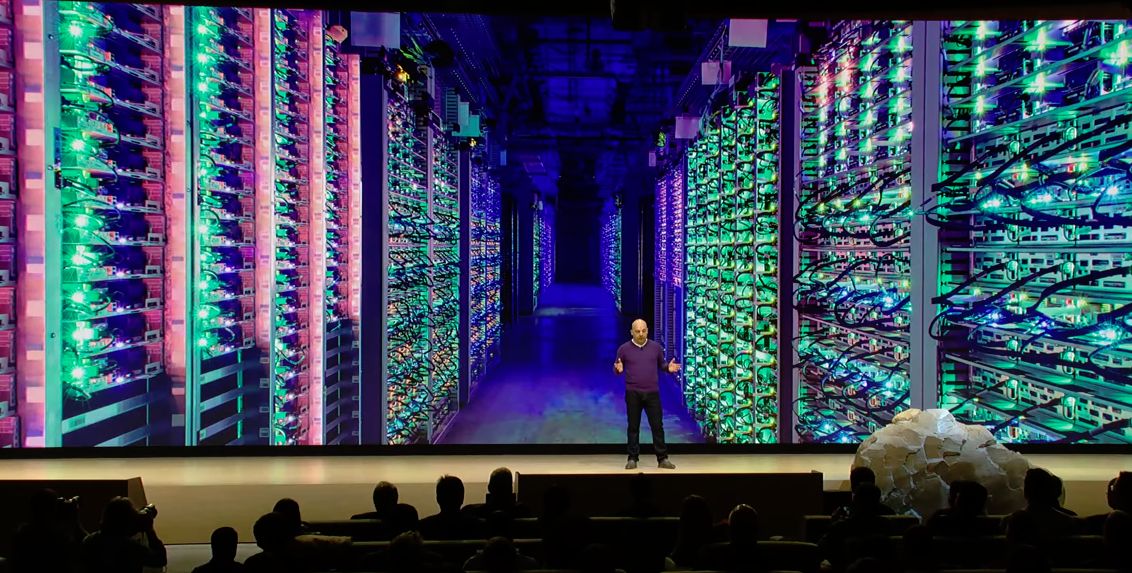
Aug. 25, 1991, a 21-year-old Finnish student named Linus Torvalds announced to the internet that he was working on a project he said was “just a hobby, won’t be big and professional.” Less than one month later, Torvalds released the Linux kernel to the public. The world hasn’t been the same since.
From how we interact with one another on a daily basis to preparing for the future of the human race, Linux is integral to our technological development. To commemorate the nearly 30 years that Linux has been available, we compiled a shortlist of ways Linux has fundamentally changed our lives.
Linux and the internet
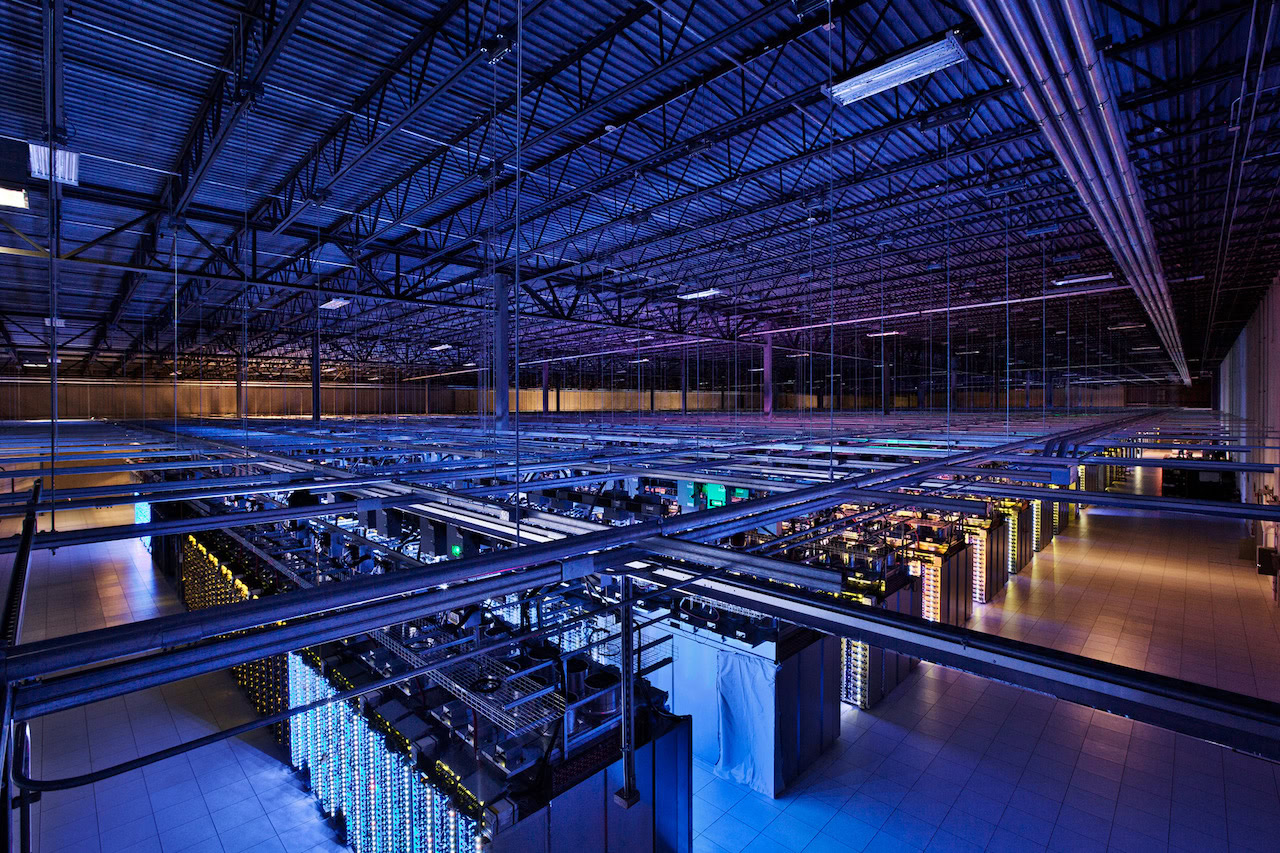
It’s hard to imagine life without the internet. It’s how we communicate, how we learn, and how we hear about the outside world. Needless to say, the internet is one of the single most important inventions in human history, and today it is mostly powered by Linux.
Linux-based operating systems are the number-one choice for servers around the world. Servers are computers that keep an individual’s or a company’s digital services, products, and websites connected to the internet. Whether its Google, Twitter, Facebook, Amazon, or even Apple, most companies choose to use some form of Linux to run their businesses.
It’s hard to pin down exactly how many servers run Linux. As of 2015, web analytics and market share company W3Cook estimated that as many as 96.4% of all servers ran Linux or one of its derivatives. No matter the exact number, it’s safe to say that the kernel nearly powers the entire web.
The computer in your pocket, on your wrist, and in your TV
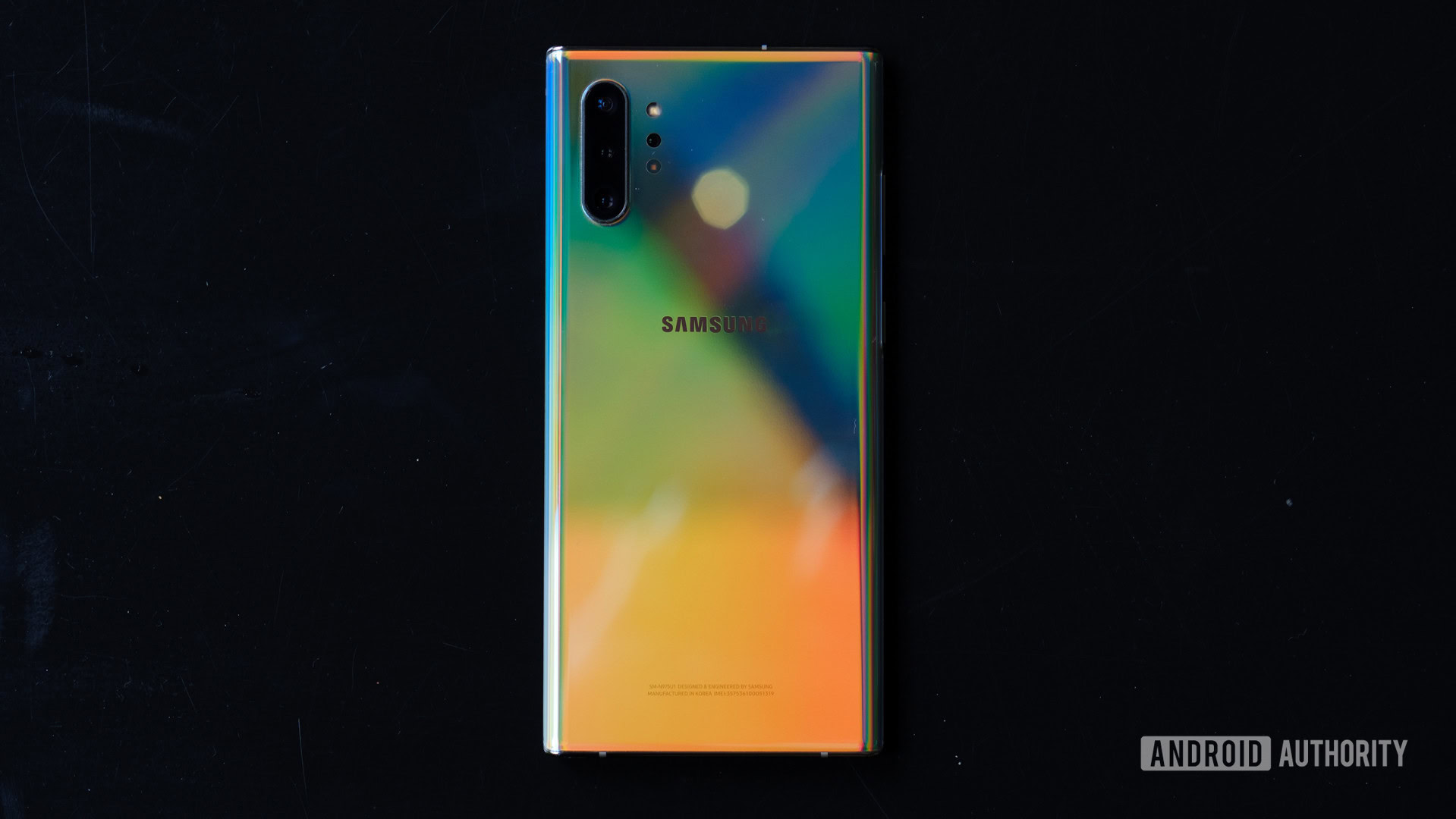
Not only is the internet essentially powered by Linux, but it changed how we most often access the internet: our Android smartphones. Founded in Oct. 2003, a team of developers forked Android from Linux to run on digital cameras. Nearly 16 years later, it’s the single most popular operating system in the world, running on more than 2 billion devices.
Even Chrome OS, Android TV, and Wear OS are all forked from Linux. Google isn’t the only one to do this either. Samsung’s own in-house operating system, Tizen, is forked from Linux as well, and it’s is even backed by The Linux Foundation.
Read also: The history of Android OS: Its name, origin and more
It is incredibly likely that at least one of the devices you use everyday runs some form of Linux. So, the next time you think how amazing your new Samsung Galaxy Note 10 or OnePlus 7 Pro is, thank Linux it exists.
Linux and the automotive industry
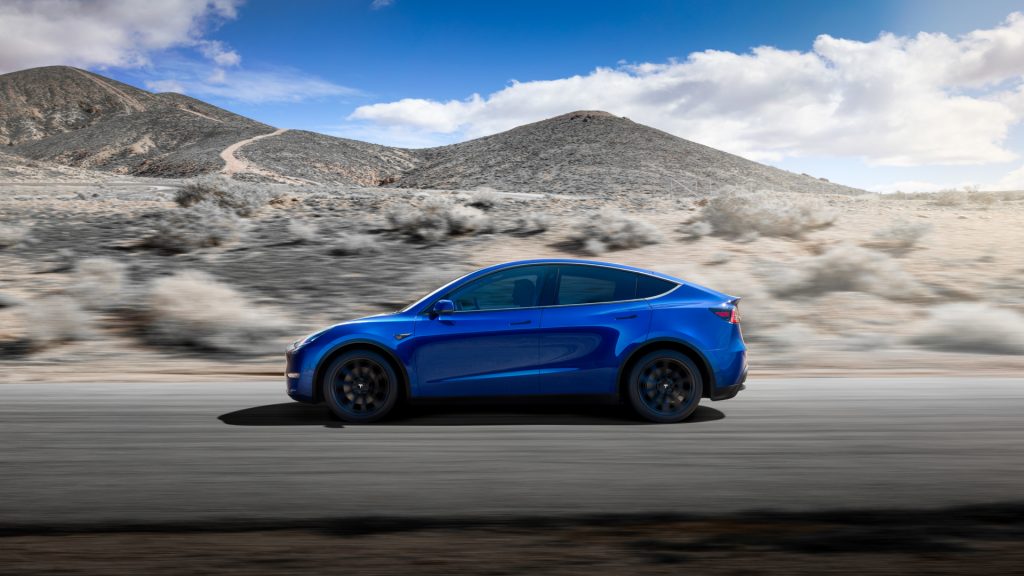
Smartphones and similar devices have been commonplace for some time now. Unlike them, electric and smart cars are newer to the consumer electronics industry. Just like other devices, most of these offerings run Linux, and I’m not just talking about Android Auto.
Tesla uses Linux as the software in every one of its products. In 2018, ZDNet reported that Tesla even began releasing that code to the public, as is custom for all open-source software.
Read also: A smartphone drove our car, and we lived to tell the tale
Tesla isn’t alone in this either. Many major car companies like Honda, Mazda, Volkswagen, and Mercedes-Benz rely on Automotive Grade Linux to deliver their connected car functionality to customers. Wide adoption of standardized connected functionality would be nearly impossible without the kernel, making it the future of the industry.
Supercomputers and other research tools
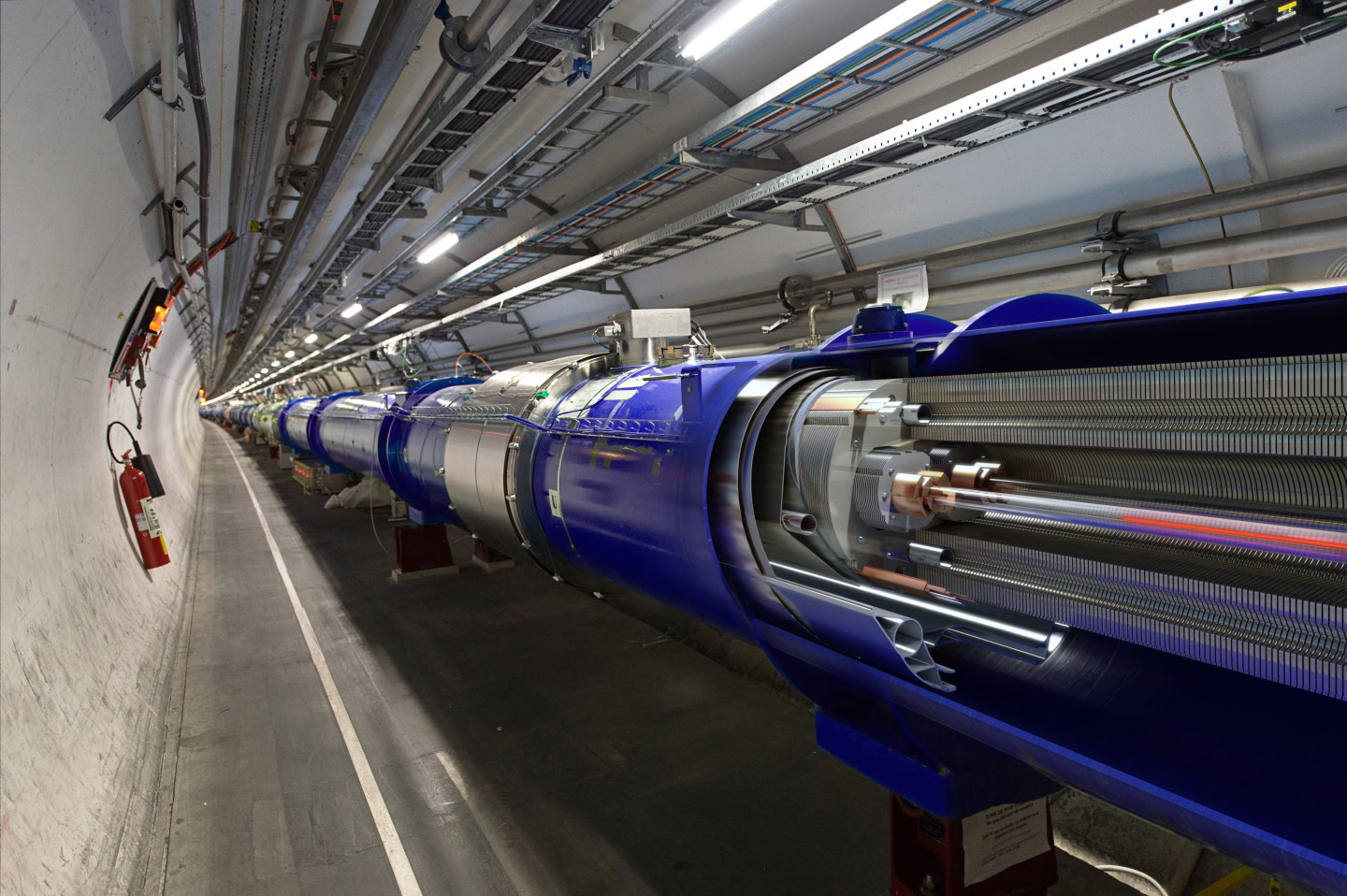
Supercomputers date all the way back to 1960. But, no matter how long they have been around, supercomputers are more powerful now than ever before, and nearly all of them use Linux.
Supercomputers are the most powerful technological devices on the planet. Scientists use them to study quantum mechanics, weather forecasting, and molecular research. And, as of 2017, every one of the top 500 supercomputers in the world runs on Linux. Alongside these supercomputers, companies like CERN, a European nuclear research organization, run Linux for its research.
In 2009, CERN launched the world’s largest and most powerful particle accelerator. This Linux powered machine is called the Large Hadron Collider, and CERN uses it to study matter, energy, and how the universe began.
NASA and SpaceX
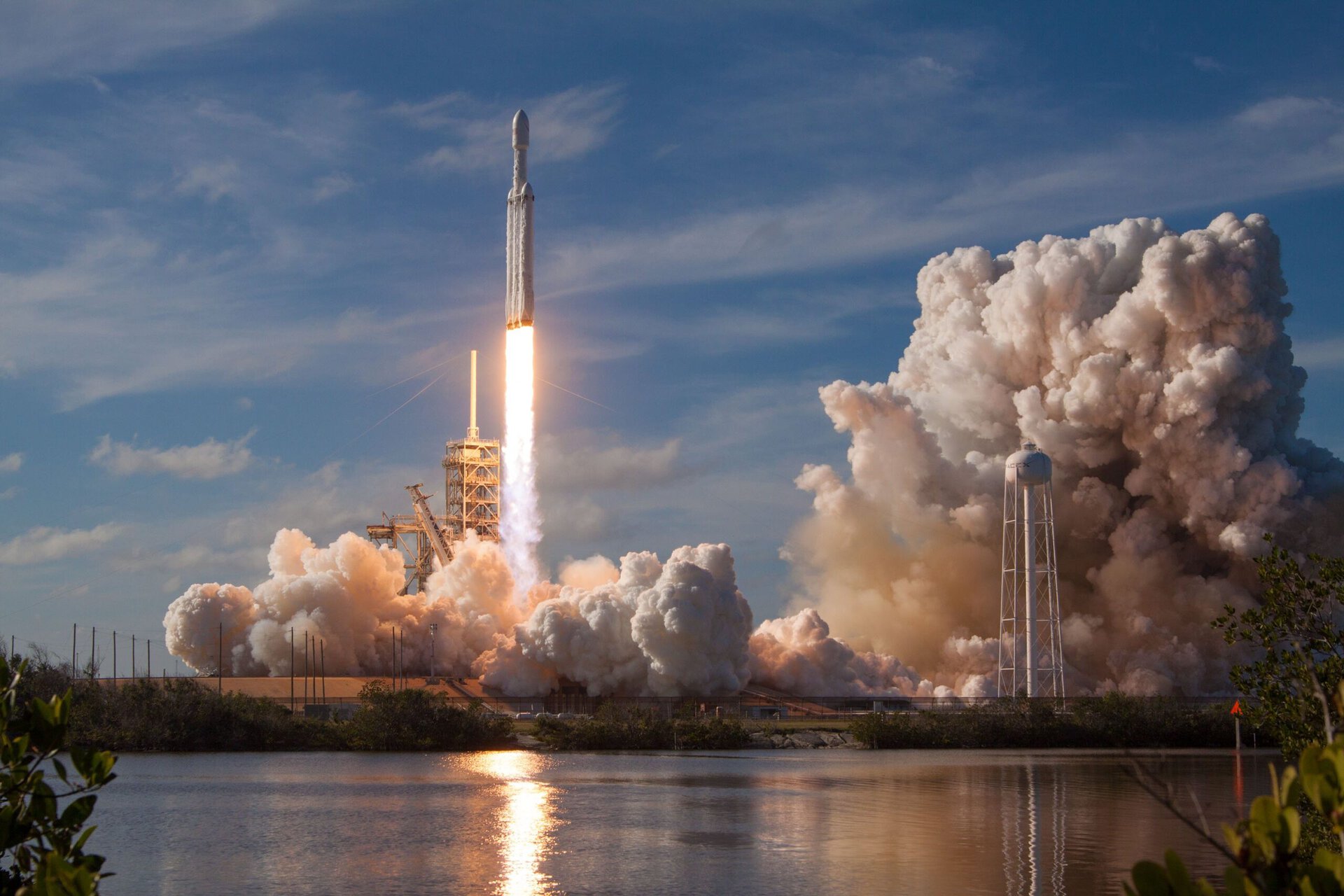
Linux has even changed how we study the universe at large. For similar reasons cars and supercomputers use Linux, NASA uses it for most of the computers aboard the International Space Station. ASTROnauts use these computers to carry out research and perform tasks related to their assignments.
But NASA isn’t the only galaxy studying organization using Linux. The privately-owned SpaceX also uses Linux for many of its projects. In 2017, SpaceX sent a Linux-powered supercomputer developed by HP to space and, according to an AMA on Reddit, even the Dragon and Falcon 9 run Linux.
Read also: SpaceX fans, here are 30 hi-res wallpapers for your phone or PC
In the end, the kernel has changed us more than we will ever know. It is crucial to our communication, scientific research, and technological development. And it does all of that while simultaneously allowing the internet to provide us an infinite amount of dank memes. Without it, there would be no science or social human development, and we would all still be cave-people.
So thank you, Linux, for bringing us together both physically and digitally over the last 28 years. We look forward to the future and how you will change our lives even more.